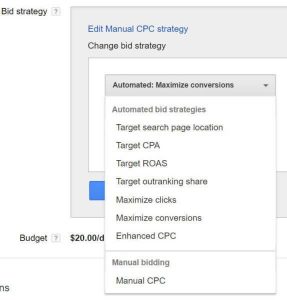The stats speak for themselves, over 52% of SMEs are using video content within their digital marketing strategy. 2016 has seen an increase in the amount of social network platforms, each one vying for the title of ‘most popular video sharing website.’ While social media big players, Facebook, Twitter and Instagram, strive to evolve their video streaming functionality, new players are continually emerging, offering Live Video and other innovative ways of delivering video to our devices. As consumers we are spoilt for choice, both on which platforms and channel to consume our time – and as producers, from which to deploy.
‘Over 52% of SMEs are using video content’
As the amount of content being uploaded and viewed continues to spiral upwards, the only clear conclusion we can draw from this phenomenon is that our appetite for both sharing and consuming of video, shows no sign of waning.
For those companies who are yet to create content, this can be a daunting first step. The question of what ‘message’ or ‘story’ to prioritise first is an important one and in most cases there is a clear journey that your audiences can (and should) take as they meet your business or organisation online.
Before creating any video content, it’s vital that you plan your campaign carefully. Answering the following simple questions when developing your brief will ensure that you will ‘design’ content that will connect with your target audience, on the appropriate social and online channels, achieving pre-determined objectives.
Why are you making the content?
Seems an obvious question but ‘making a video because it seems like a good idea’ will only result in a waste of your precious time and money. Likely answers should be:
- To educate customers / suppliers/ staff (Training Video)
- To sell products / services / ideas (Promotional Content)
- To explain processes / organisational information internally (Corporate Video)
- To document an event, conference, workshop etc. (Event Video)
Who is the target audience?
Firstly, build a profile of your target customer or viewer. Put yourself in their shoes and consider what type of messages are they most likely to engage with (or respond positively to being interrupted with). Who is the ultimate decision maker? Do they even know your business or who you are?
All too often video content will be ‘shoe-horned’ to fit inappropriate social channels or created for an audience too wide. Consequently, the message is weakened and fails to connect with the majority of its audience.
What does success look like?
In order to measure the success of your campaign or video, it’s essential you understand what success looks like. This might be ‘selling more widgets’ ‘generating more followers’ ‘customers understanding how to install product’ ‘new process is implemented by suppliers’…
Create a list of ‘musts’ that your video should achieve. These are the outcomes that your content should be measured against.
Where will your audience watch the content?
When professionally deployed, there are literally hundreds of platforms, networks and channels through which you can market your video. Initially you need to identify on which of the major social networks your audience ‘hang-out’. If the answer is ‘various places’, (online, social, reception screen, conference and meetings…) then list them all, taking a ‘multi-platform’ approach will ensure you approach production understanding how the video should be ‘shaped’ and what ‘outputs’ are required.
How and where you will ‘deploy’ your content will dictate, to some extent, the format and structure of your video. For example, if you’re creating an Online Ad for Facebook, you may wish to use graphics on the start of the video to grab attention as it plays in the ‘thread.’ Don’t forget your website, YouTube and direct email are also great platforms from which to communicate your message.
Once these important questions are answered and understood, you should have a clearer picture of how best to approach production. Whether you then chose to commission a professional production company or ‘have a go’ yourself is your decision. As with any communication medium, you must always seek to positively reflect your brand values with the messages you share. Whilst ‘home-made’ content may suffice for blogs and internal dialogue, consider carefully the quality of any Video or Animation which is customer facing.
Digital & Social Articles on Business 2 Community(52)






